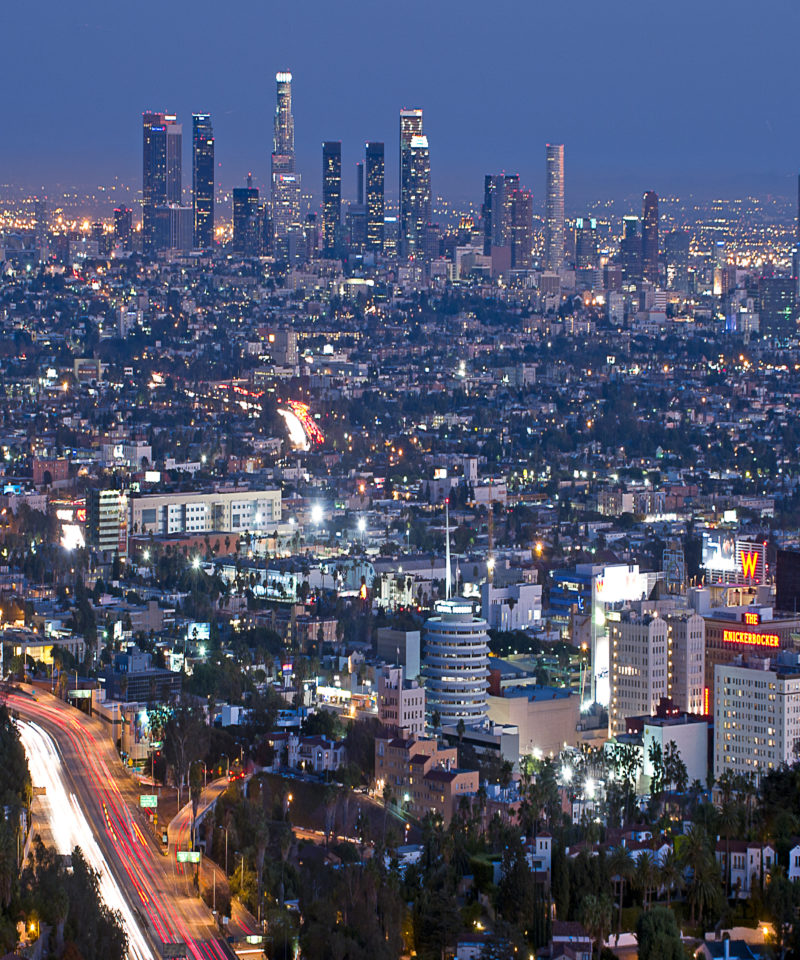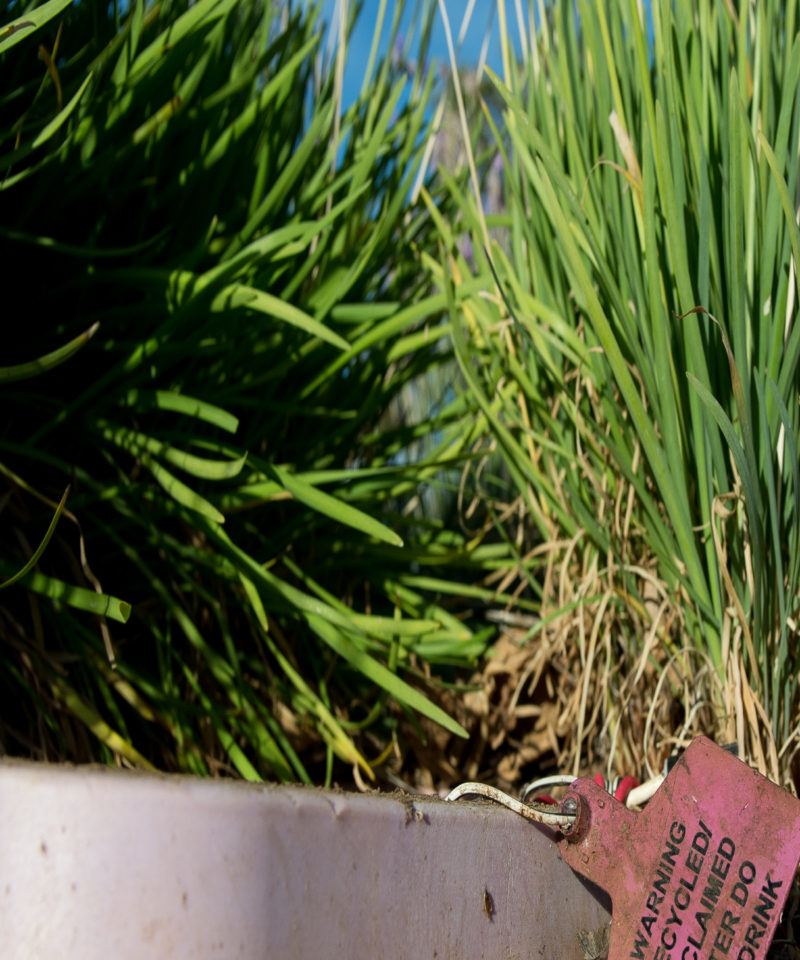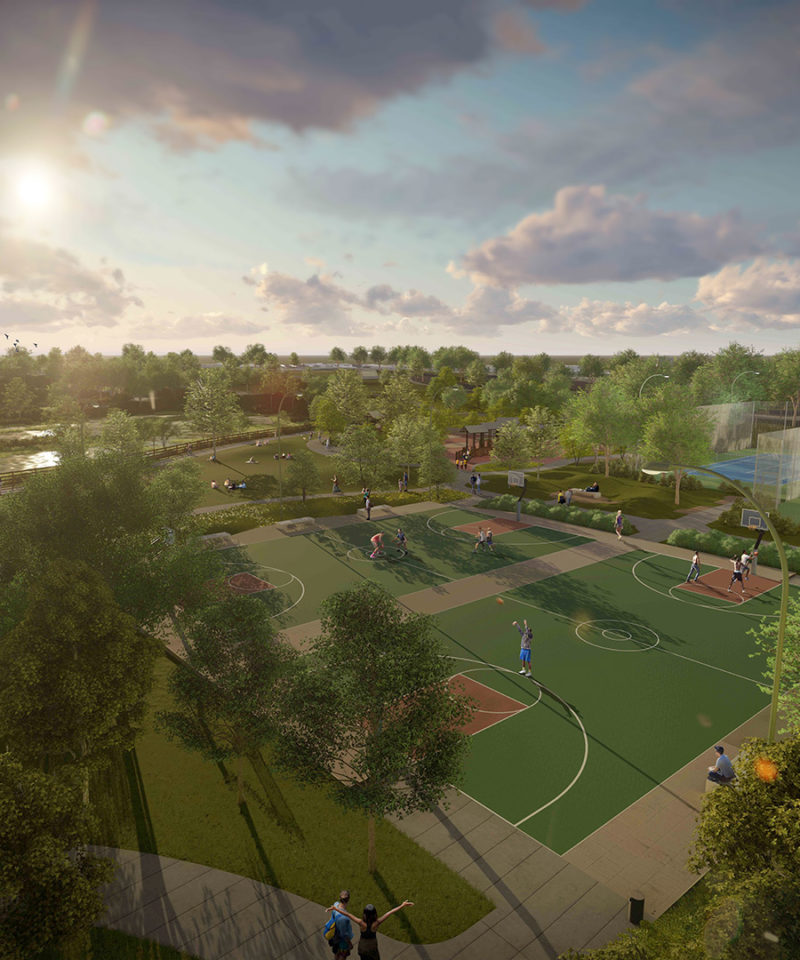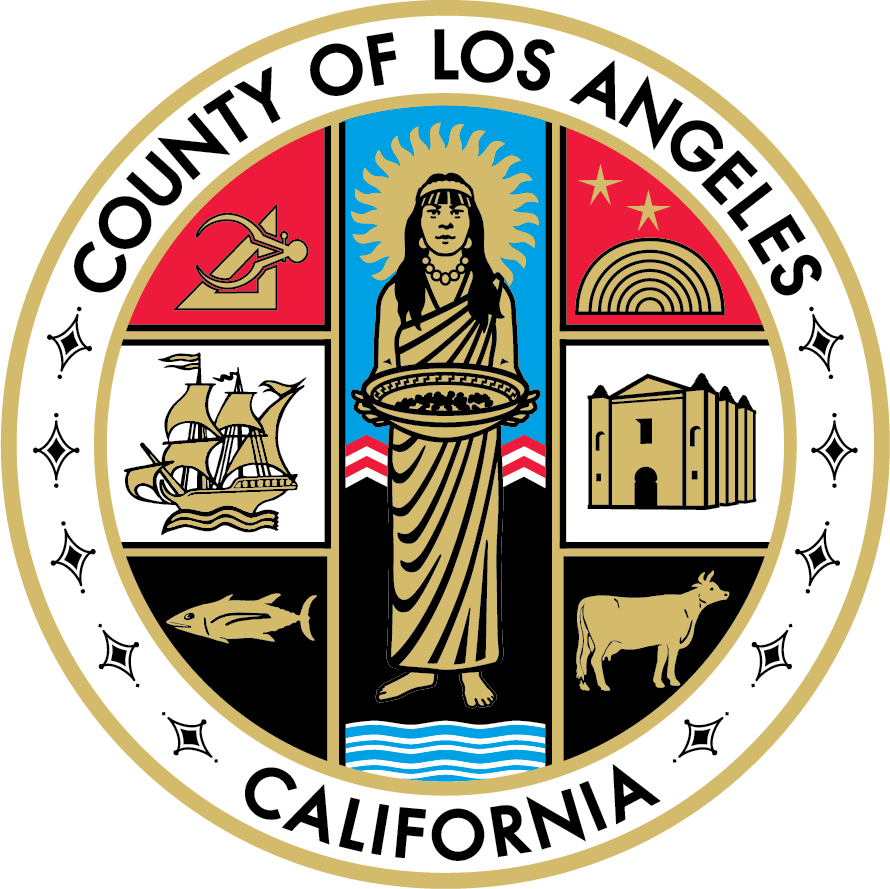YOUR WATER
Water Management
But it didn’t start out that way.
As towns and cities developed across LA County, each one created a new system to manage water – all at different times and with different available technologies.
As a result of that piecemeal development, LA County has over 200 water agencies of all sizes that serve different purposes – some managing wastewater, stormwater, or potable water – as well as different geographies. Some of these agencies are public, while others are privately held.
WATER SUPPLY
The water that we use at home and at work – for everything from cooking to showering to watering our plants – comes from a variety of sources (see Journey). It’s up to water supply agencies to ensure that that water arrives to consumers, and that it is sufficient, reliable, and safe.
Water suppliers include water contractors, who import water from outside of LA County; wholesalers, who purchase and resell the water; and retailers, who distribute the water to its final destination: LA County residents.
Want to learn more? Check out the Who is my Water Provider tool.
(Search the map for your address, then click “Find Services!” to see your provider)
Water suppliers include water contractors, who import water from outside of LA County; wholesalers, who purchase and resell the water; and retailers, who distribute the water to its final destination: LA County residents.
Want to learn more? Check out the Who is my Water Provider tool.
(Search the map for your address, then click “Find Services!” to see your provider)
SEWER
The sewer system is a separate network of pipes that takes wastewater from sources like sinks, toilets, and laundry to be treated before it is either recycled or released back into the environment.
ENVIRONMENTAL WATER
Water management agencies are not just responsible for the water that we humans use, but also for water in the natural environment like lakes, rivers, and oceans that support a diverse array of wildlife and broader ecosystems.
The Need to Integrate Water Management
Given the abundance of single-purpose water agencies in LA County, there are efforts underway to move toward a more integrated water management system. This new approach will consider the various sources and purposes of water altogether – whether it’s drinking water, wastewater, recycled water, storm water, surface water, or groundwater – for the purpose of recognizing and achieving cross-system goals related to water quality, supply, flooding, and natural areas. Integration will reduce complexity and improve water management with additional economic, environmental, and social benefits.
If you’re curious what this integration looks like in action, the Rory M. Shaw Wetland Park (HERE) is one example. It’s an integrated project that provides flood protection, improved watershed health, increased open space and recreational opportunities, and restored wildlife habitat.
The Greater Los Angeles County Region has a plan for Integrated Regional Water Management (IRWM), which will improve collaboration in managing water resources. Regional goals include optimizing the local water supply, reducing dependence on imported water, enhancing local habitats and green spaces, and improving flood management.
















